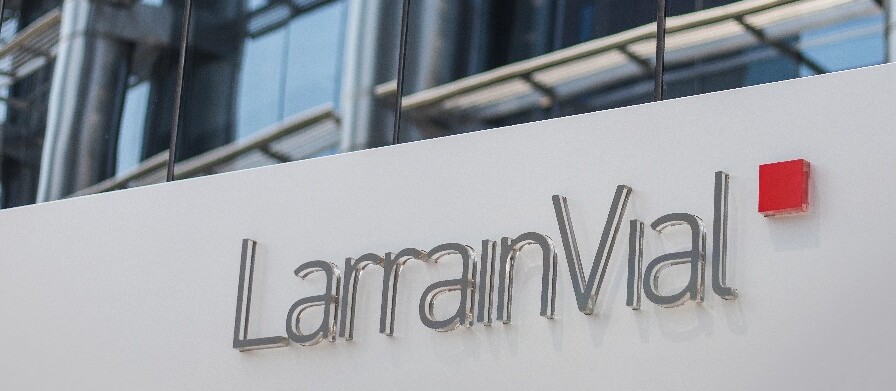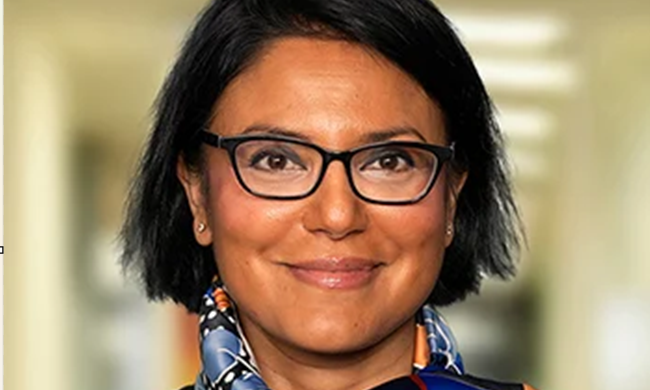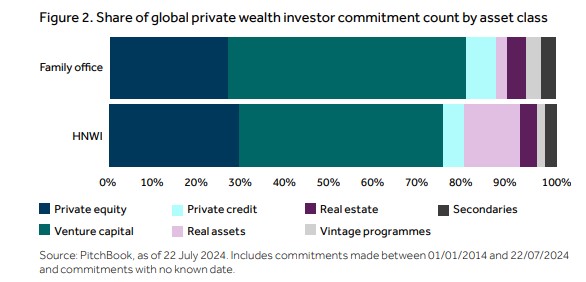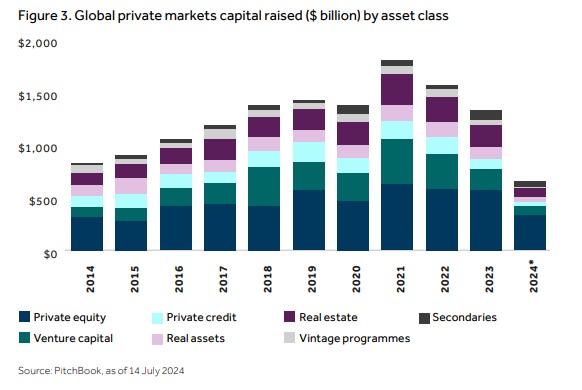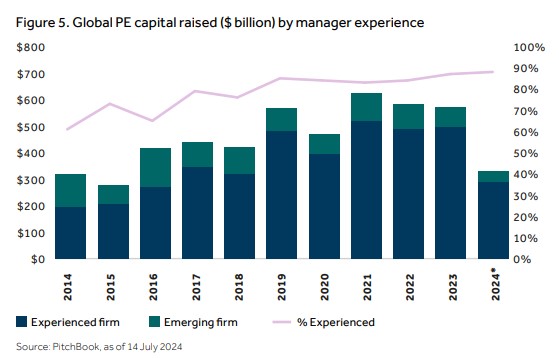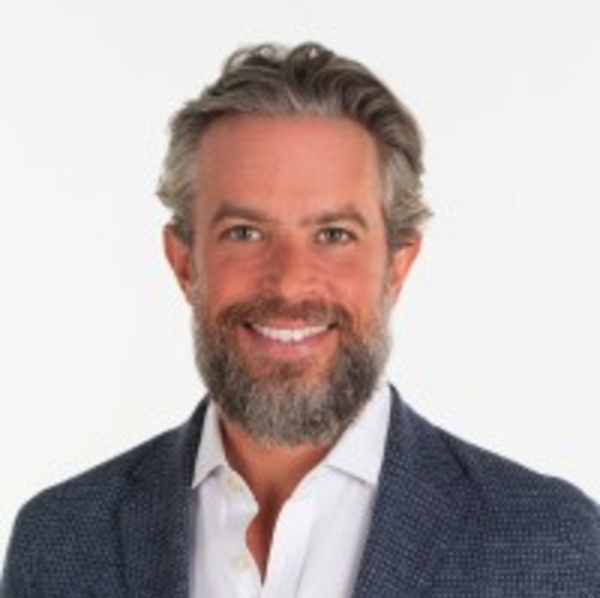Innovation, More Flexible Monetary Policy, and Increased Capital Investment Will Drive Economies and Markets in 2025
| By Amaya Uriarte | 0 Comentarios

“As we approach the end of the year and look towards 2025, the economic horizon presents a mix of opportunities and challenges.” With this phrase, JP Morgan Private Banking begins its outlook report. It highlights how advancements in artificial intelligence and innovation, along with more flexible global monetary policies and increased capital investment, could continue to drive economies and markets. “We believe that by adding diversification and generating income, clients can strengthen their portfolios to respond to an evolving economic environment. Our ultimate goal is to build resilient portfolios that not only align with our core market outlook but can also withstand various risk scenarios,” says Adam Tejpau, Chief Executive Officer, International Private Bank, JP Morgan.
The entity’s balance is clear: 2024 has been a year in which markets have performed exceptionally. According to their view, the year was characterized by a decrease in inflation, relaxation of monetary policy, and strong growth in GDP and corporate profits. Looking ahead to 2025, investors are ready to capitalize on this market strength.
In this regard, they believe that with new investment options, such as evergreen alternative funds, the acceleration of capital investment, and transformative topics like artificial intelligence, investors are poised to capitalize on emerging trends that could continue to drive the economy and markets. “Our ultimate goal is to build resilient portfolios through income generation and diversification, which can help mitigate the impact of unexpected disruptions,” says Grace Peters, Global Head of Investment Strategy at JP Morgan Private Banking.
To leverage the strong foundation created by market gains in 2024, their outlook report identifies five key themes. The first is the consideration that the global monetary policy relaxation should boost economic growth. According to their view, it is expected that the monetary policy easing cycle will continue next year, with declining interest rates supporting economic growth in the U.S. and the Eurozone, without significantly boosting demand or reigniting inflation.
“In the U.S., the bond market’s valuation implies a relaxation cycle ending in the first quarter of 2026, with the official interest rate near 3.5%. This provides a favorable environment for risk assets, benefiting sectors like housing, commercial real estate, and productivity, while also fostering an emerging revival of trading,” says Jacob Manoukian, Head of Investment Strategy for the U.S. at JP Morgan.
The second key theme identified is that capital investment is a megatrend driving the future. The entity believes that with high margins, growing profits, increased confidence from executives, and policymakers focused on supporting growth, companies and governments are ready to spend. Capital investment will be a major driver for three global trends: artificial intelligence, energy infrastructure, and security.
“We anticipate an increase in capital investment in the energy sector, driven by the reindustrialization of U.S. manufacturing capacity, the rise of electrification with clean energy solutions, and the growing demand for energy from data centers. This strong investment scenario is not limited to the U.S. Japan is at the forefront of many of these structural trends, and we see that, as a result, capital investment is increasing,” says Alex Wolf, Head of Investment Strategy for Asia at JP Morgan.
Third, the entity sees that European global giants offer resilience and profitability opportunities. According to Erik Wytenus, Head of Investment Strategy for JP Morgan Private Banking for Europe, the Middle East, and Africa, despite the productivity challenges Europe faces, investors should not overlook large European companies in 2025. “It’s important to remember that the 50 largest European companies earn approximately only 40% of their revenues from Europe, making these ‘national champions’ in this group true global players. While the ‘American exceptionalism’ has solid fundamentals, we also advocate for complementing U.S. positions with international diversification, including in Europe, which is benefiting from the monetary policy easing driven by the ECB,” argues Wytenus. For this expert, investors can continue to improve the resilience of their portfolios by considering real assets and income streams to better withstand unexpected disruptions.
Fourth, they emphasize that it will be crucial to take advantage of the frontiers of innovative investment in alternatives. “In the investment world, innovation sometimes comes in waves; we believe 2025 will see a surge in innovation as the sector explores new areas like evergreen alternative funds, sports, space, and urban development. Open-ended, indefinite-duration alternative funds (evergreen) are gaining popularity. In 2024, half of our commitments to alternatives will be in such structures, three times more than in 2023. These new strategies and investment opportunities, though not the core of portfolios, offer growth potential and diversification in a rapidly changing world,” adds Kennedy.
Finally, the entity considers it essential to focus on political impact over electoral outcomes. Following this year’s electoral results, which highlighted the power of anti-establishment movements, many investors are thinking about sovereign debt and deficits. However, investors’ attention should now shift from electoral outcomes to the impact of policies on the economic and investment landscape. “Latin America was at the forefront of the global monetary policy easing cycle, which has helped sustain growth and economic activity throughout the region. However, ‘fiscal activism’ from governments may unanchor inflation expectations and disrupt monetary efforts, posing a risk to the expansionary cycle,” comments Nur Cristiani, Head of Investment Strategy for JP Morgan in Latin America.
In Cristiani’s opinion, in the context of global changes in government power, investors must watch the risks posed by anti-establishment politicians. “Beyond right and left, the rise of anti-establishment parties could increase political and economic volatility, which strengthens the need for resilient investment portfolios,” he concludes.



